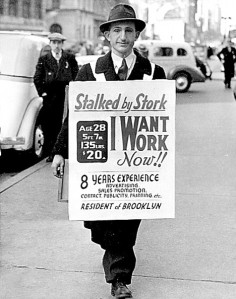 Recently, a customer came to me with a request I hadn’t heard in a while. They wanted an integrally color-blocked single Wythe incorporated into a new project we will be constructing.
Recently, a customer came to me with a request I hadn’t heard in a while. They wanted an integrally color-blocked single Wythe incorporated into a new project we will be constructing.
Many of our projects used this means and method a few years back, but we evolved away from that type of concrete masonry unit (CMU). Where applicable, we now use natural CMU and then apply an elastomeric coating, which not only seals and colors the block, but is a much better waterproofed product. That’s important to prevent efflorescence, a problem you see on older generations of construction.
Stephen Shanks addressed the problem in a 1992 talk to the Alabama Masonry Institute. I kept that publication around as a reference, and was glad I could pull it back out. Mr. Shanks says,
“Efflorescence results when soluble salts in masonry or mortar leak to the surface. Later, as the wall dries, the salt solution migrates to the surface and the water evaporates depositing the salt on the surface of the masonry.”
As far as contributing factors, he says salts may be
- present in the masonry units
- present in the mortar
- carried in to the wall by rain or groundwater
Efflorescence can be the bane of my existence or anyone’s for that matter. One can do everything right–being mindful the time of year, keeping the product dry prior to installation and ensuring the site is well drained–and still get these salts leaching out months or years after the work is completed.
While we can control this in a CMU wall using an elastomeric coating, it’s much harder to do with brick. In fact, I was in Tennessee this week checking out one of our projects from about 5 years ago and low and behold there were the salts, not on the CMU, but on the brick.
I still consider efflorescence one of the most common and unpredictable problems in construction today, where masonry is concerned. To me, the best remedy is to let it “run its course” so to speak. When it has dried on the masonry, then clean and keep this cycle going until all the salt has leached. Trust me, it will stop, but for a period will look unsightly.

















